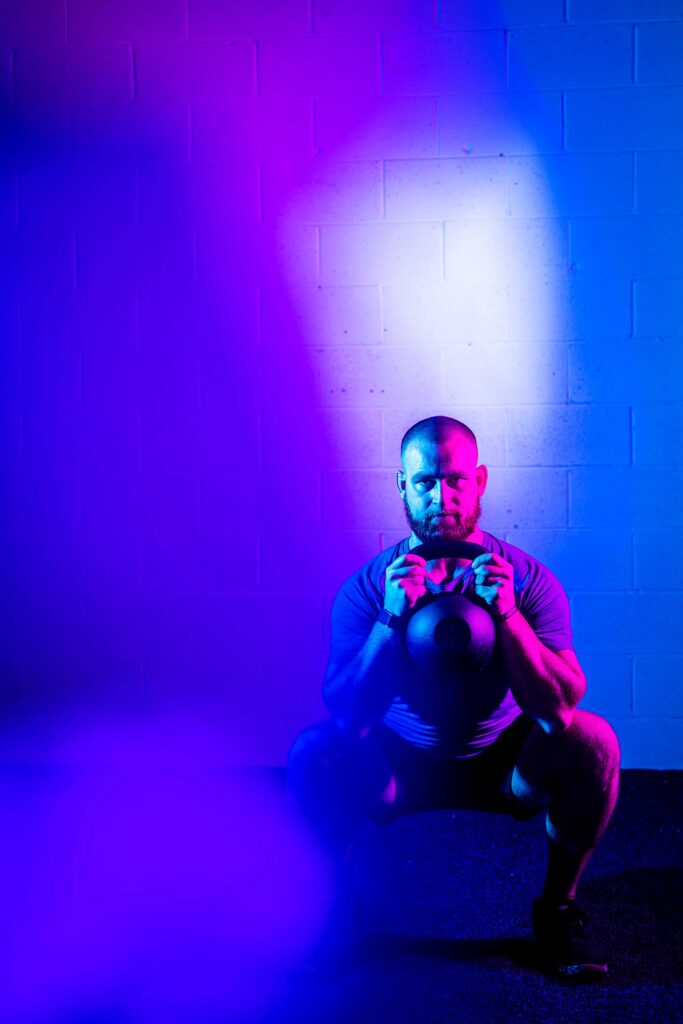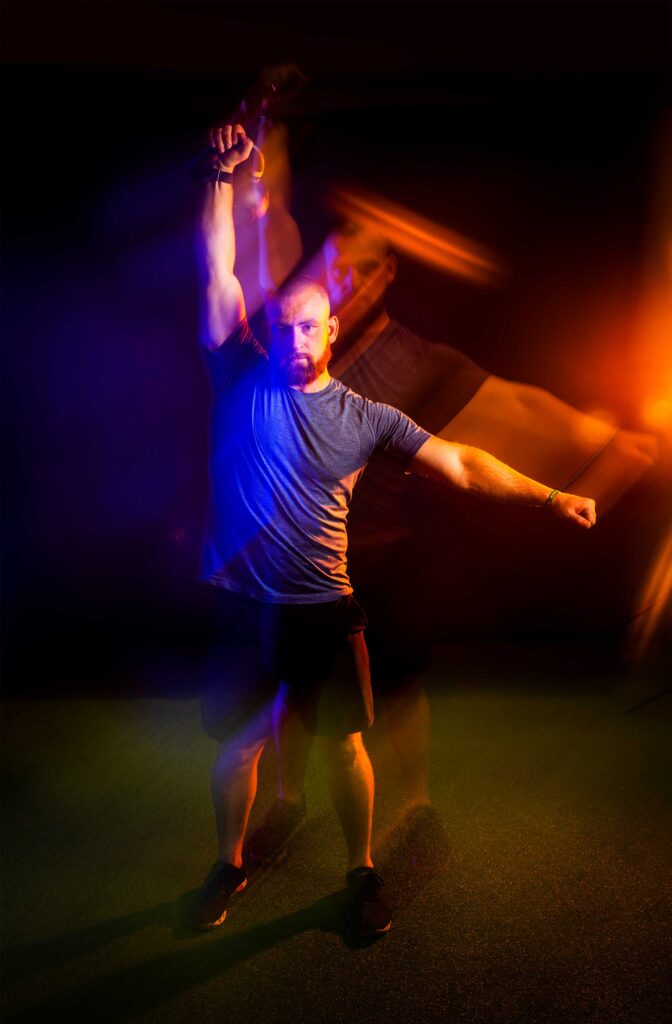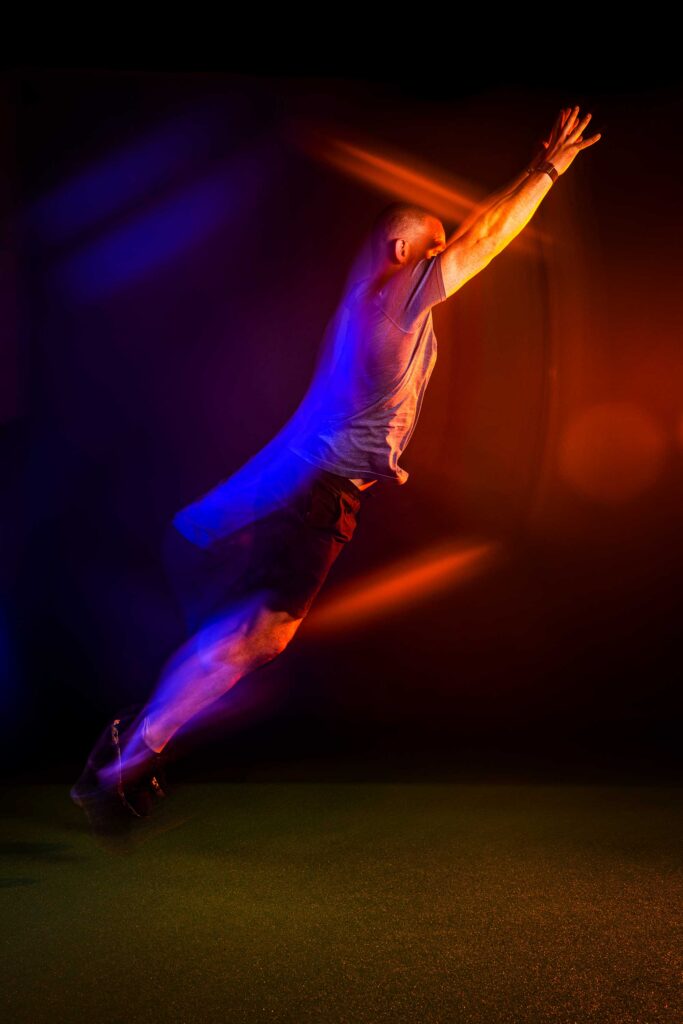The top minds in exercise science want to help you train smarter.
Hopefully you realise that if you’re getting ready to get back in the gym, or perhaps making your debut, the first thing you should do is be evaluated by a qualified fitness professional. Know your strengths and limitations to get the most out of your workouts and reduce the chance of injury. That being said, if you want to train smarter for golf, heed this advice from several of the best fitness experts in the game.

For maximum force output, breathe out during the concentric (muscle shortening) phase of an
exercise and breathe in during the eccentric (lengthening) phase. The same strategy should be employed during a golf swing – a smooth inhale during the backswing and a controlled exhale during the downswing. – Michael Mullin, breathing expert, Integrative Rehab Training
Breath work impacts every biochemical process in the body and is crucial to athletic performance. You should inhale for five to six seconds and exhale for five to six seconds through the nose – and the nose only – as much as possible. This will activate the parasympathetic nervous system, calming the body and stimulating the diaphragm, which is critical to healthy breathing. – Dan Hellman, physical therapist and trainer, H3 by Dan Hellman
In looking at sleep’s role in health and performance, the most important factor is the total time asleep. At least seven hours is recommended in a dark, cool, quiet room. As a general rule, that means no TV or screen browsing for an hour before bed. – Mikael Mattsson, doctor of exercise physiology, svexa/Stanford University
Do this postural “reset” exercise for better athletic performance. Without shoes, stand up and turn in your feet so your big toes are touching. Lace your hands behind your head with your elbows flared and squeeze your thigh muscles for 60 seconds. Do this a few times a day, especially before working out or playing golf. – Brian Bradley, trainer and posture expert, the Egoscue Method
Perform myofascial-release techniques such as foam rolling using softer, squishier tools (balls, rollers, etc.). The muscles and your nervous system respond more favourably (less bracing, involuntary contractions, etc.) to softer rollers compared to harder ones. – Jill Miller, fascia expert, Tune Up Fitness

Explosive exercises that ramp up your swing speed, such as box jumps and olympic lifts, should be performed at the beginning of a workout. When you’re tired and not going “all out”, you’re no longer training the fast-twitch muscle fibres needed to increase swing speed. – Mitch Sadowsky, director of fitness, Lake Nona Golf & Country Club in Florida
Opt for high-intensity interval training instead of endurance cardiovascular exercises. In other words, instead of 30 minutes of jogging, do a 30-to-60-second sprint on a bike, followed by a short rest, and then go right into another sprint. You’re playing a sport that requires bursts of energy, so train like it.
– Lindsay Becker, physical therapist, Buckeye Performance Golf
Once you’ve been cleared for exercise, train using this progression: start with improving posture before proceeding to flexibility work. Then move to stability work before strength training. Power comes last. This ensures safety. Break the order, break the golfer. – Dan Hellman
Do standing upper-body exercises with your feet pointing straight, about a fist-width apart. This narrow stance causes a change in the orientation of the hip joint and activates the deep hip stabilisation muscles and power movers. The end result will be a more balanced and powerful golf stance. – Brian Bradley

How important is hydration? You could live for three weeks without food, but only two or three days without water. And while water is king when it comes to staying hydrated, too much of it can lead to an imbalance in electrolytes and a lack of nutrients. Supplement your intake with something that balances electrolytes, such as LivPur, which also includes branch chain amino acids that aid in performance, stamina and recovery. – Troy Van Biezen, golf-fitness trainer and chiropractor, ChiroSport Specialists of Dallas
Isometric (no change in musclelength) core exercises such as planks and pallof presses are great for
protecting your spine and avoiding back pain. At the same time, they activate the stabilising muscles necessary for better connection between the upper and lower body. Core exercises that focus more on rotation put too much stress on the lower back. – Jeff Pelizzaro, golf-fitness trainer, 18STRONG
I love planks, too, but don’t clasp your hands together. That causes more of a rounded posture and flexion in the mid-back area, which eventually leads to a decrease in rotational mobility and increases your chance of losing your spine angle, swinging with a flatter shoulder plane or reverse pivoting – all bad. Instead, do planks with your palms skyward and forearms parallel. You should have a feeling of a long, stable spine and broad shoulder girdle, similar to the role this region plays in the golf swing. This makes rotating the hips and shoulders so much easier. – Dave Maloney, exercise physiologist/golf biomechanist, Golf Conditioning & Performance

Focus on mobility work that increases range of motion around the joints most important in the golf swing. It’s much more valuable than static stretching. Static, long-hold stretches have some value, but it takes a lot of time and effort to induce change, thus making them inefficient. – Mitch Sadowsky
Do loaded exercises (with weights) that don’t unnecessarily stress your lower back. Golf already puts your lumbar spine in a state of stress. An example of a good exercise would be a goblet squat – a dumbbell is held vertically and pinned to your chest – instead of a back squat where the barbell is across your shoulders. – Jennifer Fleischer, golf-fitness trainer, Fleischer Tour Fit
Move slower with external loads like dumbbells, barbells, etc. especially during the eccentric (muscle-lengthening) phase of an exercise. This puts the tissue under tension longer and builds more strength.
– Jeff Pelizzaro
Push-ups are a classic exercise for the chest muscles, and the pectorals are among the most active during the golf swing. Unfortunately, traditional push-ups put your wrists in flexion, stressing a joint already stressed by golf. Instead, do dumbbell chest presses (neutral wrist position) or even better, a one-arm cable fly where you push the cable up and across the centre line of your chest. That mimics what your arms are doing during a golf swing. – Ben Shear, Golf Digest’s Chief Fitness Adviser, Ben Shear Golf
When training for golf, “carry” exercises such as the farmer’s walk (holding a relatively heavy weight at your sides while walking) and the suitcase carry (weight held with only one arm) are super important to the side-bending facets of the golf swing as well as improving grip strength. A stronger grip leads to more power and better control of the clubface. – Kevin Duffy, golf-fitness trainer, Rotational Power and Strength
An exercise I love for golfers is a one-armed, bent-over row. Bend at the hips, place one hand on a bench, wrist straight, and grab a dumbbell with the other. While bent over with your spine relatively flat, pull the dumbbell up. This engages the muscles that retract the scapula (shoulder blades) while training the big lat muscles of your upper back. Both are important to maintaining thoracic posture and preventing the chicken wing (flared elbow) when you swing. – Andrea Doddato, golf-fitness trainer,
Shape & Sport
Start doing hip bridges. They train the all-important glutes and hamstrings, essential muscles for virtually every aspect of the swing including power generation and maintaining posture. Lie on your back, knees bent, and place a yoga blockbetween your thighs and squeeze. This will align your pelvis and activate the adductors (inside thigh muscles). Exhale as you pull your ribs down while raising your hips. The breath will align the rib cage and pelvis while firing up your glutes and hamstrings. What you don’t want is to feel any stress in the lower back. – Tim Neumann, golf-fitness trainer, Par 5 Performance
I like goblet squats, too (holding the weight pinned against your chest). Another way to use them for golf is to squat laterally. This will enhance your ability to move side to side (frontal plane) during the golf swing, training a better weight shift. It also will help you recruit the ground better for more power in your swing. – Ben Shear
When improving any movement pattern, several studies have concluded you will have a greater chance of success if your focus is external (directed towards the effects of a movement) instead of internal (directed towards the movement itself, i.e. referencing body parts). For example, if I wanted to get you to throw a medicine ball with maximum effort, it’s better for you to think about throwing the ball through the wall than thinking about rotating your upper body as hard as you can and then releasing the ball with your arms. This concept holds true no matter the athletic task, so remember to avoid thinking about body parts when learning new skills, gym or golf. – Will Wu, doctor of motor control and learning, Long Beach State University




